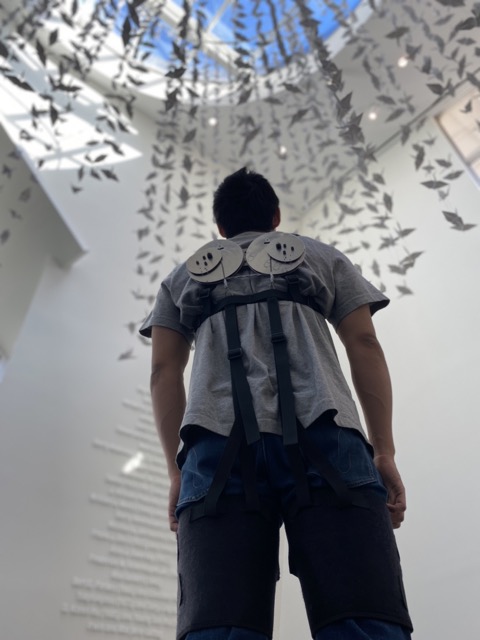

Sit-to-Stand Assistive Device Design
MIT PhD Research
September 2022 - Present
I am designing a lightweight, passive, wearable device that will help older adults to stand up. The ability to stand is a major activity of daily living and a requirement for broader mobility. As adults age, they may lose muscle mass and strength. Targeted exercise is the gold standard for fighting this loss, but if difficulty standing leads to less mobility and exercise, the problem may worsen and lead to falls. If we can help older adults stand, we will remove a major barrier to mobility, help preserve strength, and avoid falls.
I am engaging with the design process from end to end. My colleagues and I began speaking to potential users early on, employing low-fidelity “looks like” and “works like” prototypes to elicit information-rich responses in interviews. We also assessed these subjects’ mobility using a standard clinical assessment, and by having a physical therapist rate their mobility based on video of them standing up and walking. These interviews produced two valuable insights: older adult users will not tolerate devices that appear robotic or medical, and they consistently overestimate their own physical abilities and need for assistance (Stansfield*, Schelhaas*, Hogan, and Yang, 2023).
Parallel to these user interviews, I developed an initial prototype with two classmates in the MIT graduate class “Design of Compliant Mechanisms, Machines, and Systems.” (Liu*, Ma*, and Stansfield*, 2023). This prototype employed a compound cam mechanism that stored a user’s own energy as they sat down and used that energy to assist them as they stood up. Crucially, the mechanism was designed to provide variable force, meaning the user felt little force when they were upright or seated. Only when they wanted to stand did the force act to help raise them up. While the device worked mechanically, our user interviews showed us that older adults would not want the force transmission cables and metallic cam covers to be visible outside of their clothes.
At present, I am improving the device’s design using lessons used from these past efforts. The updated design will have different force profiles for standing up versus sitting down. To achieve this passively is not an easy feat and required me to design a compliant derailleur mechanism to switch cables between cam tracks. The device mechanism will also be worn totally on the legs, driven by knee motion, and low-profile enough to fit under users’ clothes.